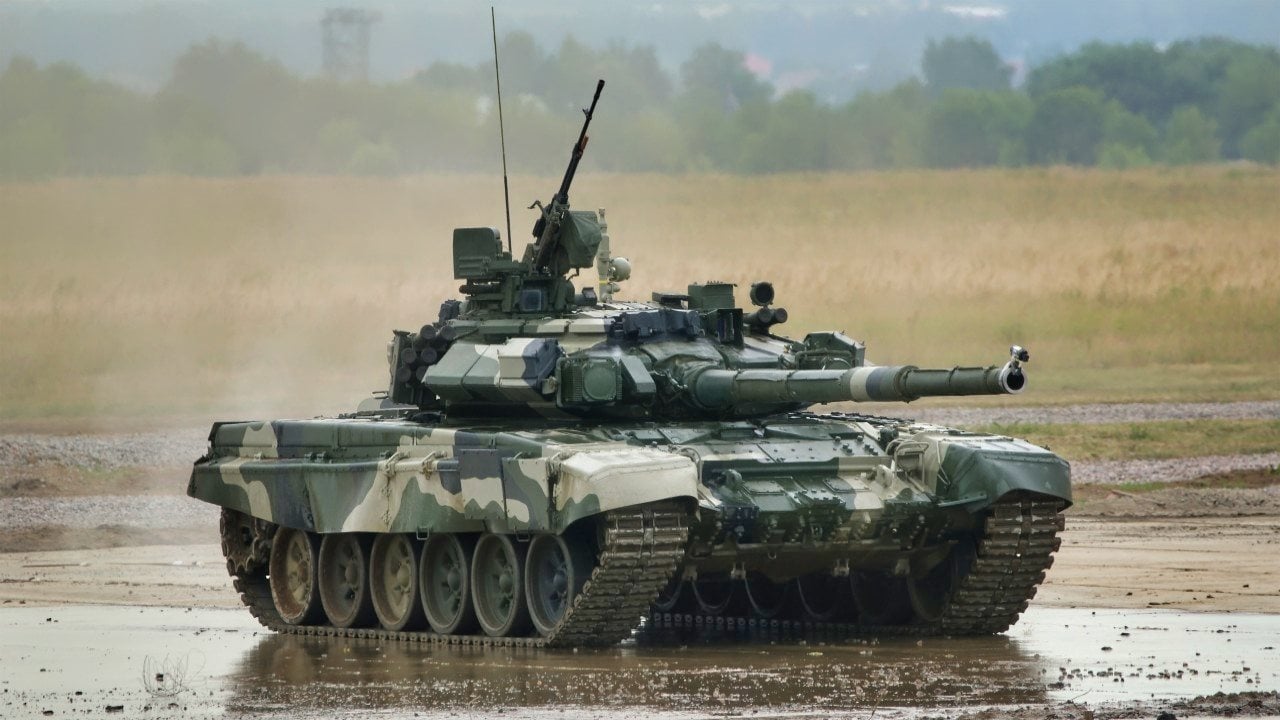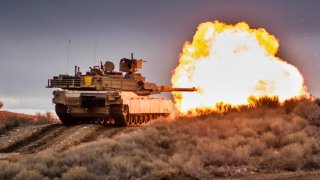Ukraine's Kursk Offensive: No Turning Point, But a Problem for Putin
Ukraine took the initiative on the ground for the first time since last year’s failed counteroffensive. If sustained, the Kursk operation can improve Ukraine’s standing against the aggressor.
Ukrainian Kursk Offensive – Not a Turning Point but Still a Major Upheaval: The 1995 Budyonnovsk raid, amid the pursued Russian offensive in Chechnya, turned the course of the First Chechen War and underpinned Russia’s subsequent defeat. The current Kursk offensive by Ukraine will presumably not be equally decisive but one cannot ignore the operational and strategic advantages it has already brought. For the first time since last year’s failed counteroffensive, Ukraine took the initiative on the ground. If sustained, this operation can improve Ukraine’s standing against the aggressor.
Among Russia’s slow but steady advances in the Donbas Oblast, Ukrainian forces managed to repel the offensive in the Kharkiv region and make a major incursion into the Kursk Oblast. This warzone has been extended onto Russian soil. Despite some persistent risks for Ukraine, the overall push seems to have been a game-changer.
This has dramatically increased the war costs for Russia since they were forced to evacuate the local civilians, withdraw 30,000 troops already inside Ukraine, and mobilize more conscripts for defensive purposes only. This could also lead to the release of more Ukrainian prisoners of war, as almost 600 Russians have been captured.
Internationally, this offensive proves Ukraine’s proactive attitude and its capacity to achieve certain operational objectives. That is a clear message for the West that funds and weapons provided to Kyiv have not been wasted, as well as an incentive to remove restrictions on the use of long-range missiles such as the Army Tactical Missile System (ATACMS) and Storm Shadow to fire upon targets in Russia. The Kremlin’s “red lines” have been desecrated, given its limited response to violations of Russian territorial integrity which was to be protected “by all means necessary”. On the other hand, this also brings an opportunity to improve Ukraine’s position in possible ceasefire talks, even though these have been temporarily derailed due to the Kursk offensive.
However, the Kursk Offensive is arguably a more psychological operation than purely military. It is a morale boost, that Ukrainian citizens and troops needed after months of Russian onslaught involving hundreds of drones and missiles striking civilian locations and critical infrastructure. That is crucial for its capacity to mobilize manpower, which seems increasingly challenging. Nevertheless, the impact on Russia is far more momentous, as Russian propaganda narratives concerning Moscow’s priority for national security have been undermined.
If the invasion of Ukraine was to strengthen it, as Putin suggested in his declaration of war, one could hardly imagine more tangible evidence of the failure than a month-long operation of Ukrainian ground forces in the Russian Federation’s territory, seizing nearly 1,300 square kilometers of land. This also gives Ukraine a chance for a sort of charm offensive via manifesting a humanitarian and empathetic attitude toward the local civilians – so different from the image drawn by Russian media. The symbolism is also as noteworthy, as the battle of Kursk was arguably the main highlight of the Great Patriotic War which Russian historical politics relies on.
As a response, Russia offered nothing new – more aerial assaults on Ukraine, Belarus mobilizing its army near the Ukrainian border, and more provocations “below the threshold of war” against neighboring NATO member states. All of that is hard to be considered a real escalation, which encourages Ukraine to continue its Kursk operation as long as possible.

The war is still extremely far from being militarily resolved. Neither Russia nor Ukraine are close to achieving their related strategic objectives. Nevertheless, Kyiv is currently definitely better off than before August 6th and time appears to be on its side. Manifestation of this kind appears critical right before the U.S. presidential and congressional elections in terms of their possible aftermath.
About the Author:
Piotr Śledź is an assistant professor at the University of Warsaw (Department of Strategic Studies and International Security, Faculty of Political Science and International Studies). His research concerns armed conflicts, arms control, the defense industry, and the EU’s Common Security and Defense Policy.
Image Credit: Creative Commons and/or Shutterstock.


